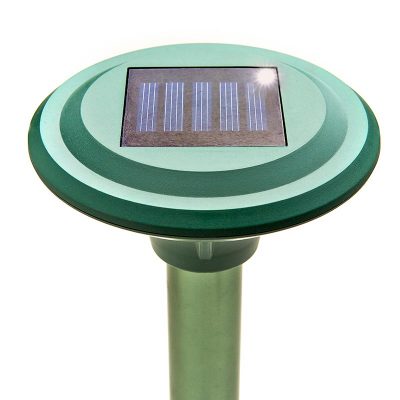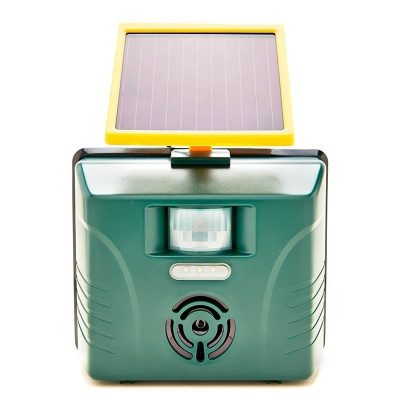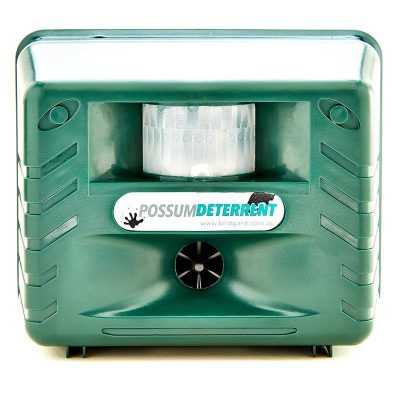Some 20 of the 25 of the world’s most venomous snakes reside in Australia. The first of its kind in over 20 years, a nationwide study, published in the January 2017 issue of Internal Medicine Journal, looked at Australian snake bites and the injuries from venomous encounters from 2000-2013. Officials estimate that of about 3,000 snakebites occurring in Australia each year, approximately 300-500 require anti-venom treatment and/or hospitalization. The National Coronial Information Service (NCIS) found that of the 35 snakebite deaths recorded between 2000-2016, 23 mortalities were caused by the Brown snake, followed by the tiger snake, taipan and death adder. The Brown snake is found throughout Australia, particularly the Eastern portion.
Contrary to the popular belief that snake bites happen in rural areas, the study also found that over half of the snake bites took place in an urban environment near or within a major city, often occurring at or close to the victim’s home. Almost three-quarters of the victims were male, ranging from 18 months to 70 years old. The good news is snakes will prefer to run than fight. Snake sense sound/vibrations through their inner-ear which is directly connected to their jaw bone. As the snake moves through vegetation/gardens is rests its jaw on the ground listening out for pray. A good way to repel snakes is to use a Snake Repeller which emits powerful, random vibrations which scare off snakes.
Compared to less developed countries which have many more snakebites (and possibly even fewer venomous snakes), Australia’s low mortality rate is due to “product of decades of research and excellent clinical care, not to mention safe and effective anti-venoms,” according to thecoversation.com. Frankly, you have a better chance of surviving a snake bite than, say a bite or sting from an arthropod, such as an insect, spider or crustacean which can cause a severe and sometimes unexpected allergic reaction. “Only 44 per cent of cases involving anaphylaxis reached medical care prior to death, compared to 74 per cent of those envenomed by snakes,” states the study. A person usually knows when a snake strikes and seeks immediate medical help. The study found it is rare for Australian victims to die within four hours of being bitten.
Also, in understanding and managing close encounters of the serpent kind:
- Most incidents occur during the warmer months: October to January, and February to May when snakes are more active.
- Most bites occurred on limbs, with 20 per cent of the fatalities attempting to pick up or physically handle the snake and therefore being bitten on the foot or ankle.
- The fact that most victims were middle-aged men is not surprising “Middle-aged men are represented, or over-represented, across Australia when it comes to injury,” observes Dr. Ronelle Welton of the Australian Venom Research Unit (AVRU) at the University of Melbourne, principal investigator of the study. “It’s not specific to envenoming [snake bites].”
“People should not attempt to pick up snakes and need to be encouraged to practice appropriate first aid and know CPR”
advises Welton. Even the Brown snake, which has become increasingly common in Australia and is characterized as being aggressive is often just as or more afraid of you than you are of it.
“Most of the time you see the word ‘attack’ when it’s really them being defensive.”
Venom identification kits are also good to have, especially since it’s often hard to identify snakes during fleeting and traumatic encounters. Such kits can usually identify the type of snake within a half-hour so that the proper anti-venom can be administered. Additionally, the AVRU is working with anti-venom producer Seqirus to update the Australian Bites and Stings app, available for both Android and Apple smartphones.
Sources for this article:
- https://phys.org/news/2017-03-fatal-snake-australiafacts-stats-stories.html
- http://newsroom.melbourne.edu/news/fatal-snake-bites-australia-facts-stats-and-stories
- http://www.anaesthesia.med.usyd.edu.au/resources/venom/snakebite.html
- https://theconversation.com/are-australian-snakes-the-deadliest-in-the-world-not-even-close-50963
-
 Snake Repeller$48.54 Including GST
Snake Repeller$48.54 Including GST




